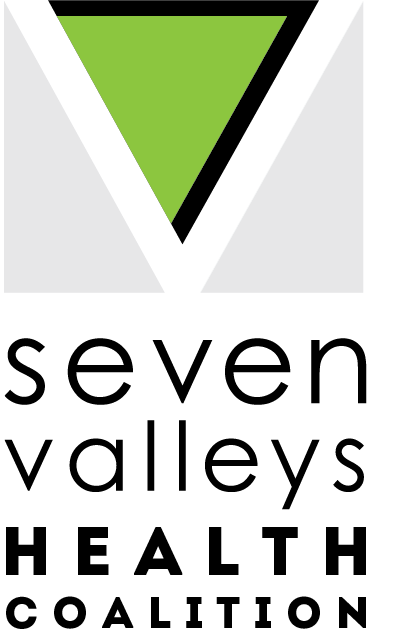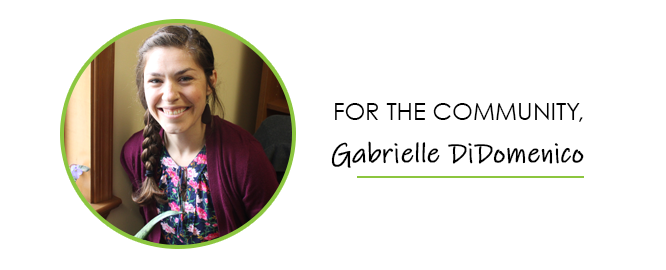#FoodWasteFriday: Small Changes, Big Outcomes
We know the day can get busy and the end of the week suddenly turn into Monday again. So, on this #FoodWasteFriday, we just wanted to give you a quick list of small changes you can easily make that have big outcomes when it comes to reducing the amount of food waste that ends up in your trash can.
Make a Meal Plan. The easiest way to reduce food spoilage is to grocery shop with an understanding of how you will use it during the week. Here are a few printable meal planner options to get you started.
Embrace the “Everything but the Kitchen Sink” Approach. Are a few items in your fridge nearing the point of no return? If so, it’s time to whip up that smoothie, stir-fry, or soup! One of my favorite ways to use items that are looking like they have seen better days is to make a frittata. You can check out how to make one like a pro here.
Kick it Old School. Expand on Grandma and Grandpa’s recipes and seasonal habits by learning the art of canning, pickling, dehydrating, and stock making. Cornell Cooperative Extension of Cortland County has a fantastic resource list if you’d like to take a deeper dive into the world of food preservation.
CPR Wilted Produce. We love this tip by SaltPepperSkillet: “Wilted vegetables like carrots, broccoli, kale, green onions and lettuce can usually be brought back to life with a soak in ice water for 5 to 10 minutes. Even if they aren’t exactly like they were when you brought them home; they will still be crisped up enough to be cooked or puréed in a soup”.
Get Dirty. Any home, office, or business can learn to take their food scraps and turn them into life-giving soil. Help your waste give back life! Composting bins and approaches come in all shapes and sizes to fit every lifestyle. Get started on your composting journey by going here and here.
Sensible Folk’ll Buy It Local! For most of us, our circles of travel and daily doings have been reduced to our community area or home. With the arrival of our regional growing season, it is a great time to connect with a local farmer to directly purchase produce and other food products. Once you meet those who grow your food and understand the work that goes into growing your vegetables or your protein, you’ll be much less likely to toss it in the garbage pail when it’s looking past prime. You can locate a farmer or farmstand near you by searching the database at buylocalfoodny.org or checking out the Cortland County Local Foods Map.
Have any questions or comments? Contact me!


